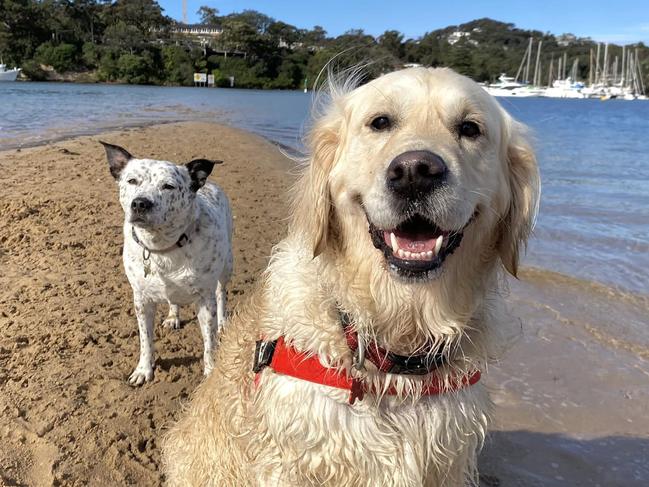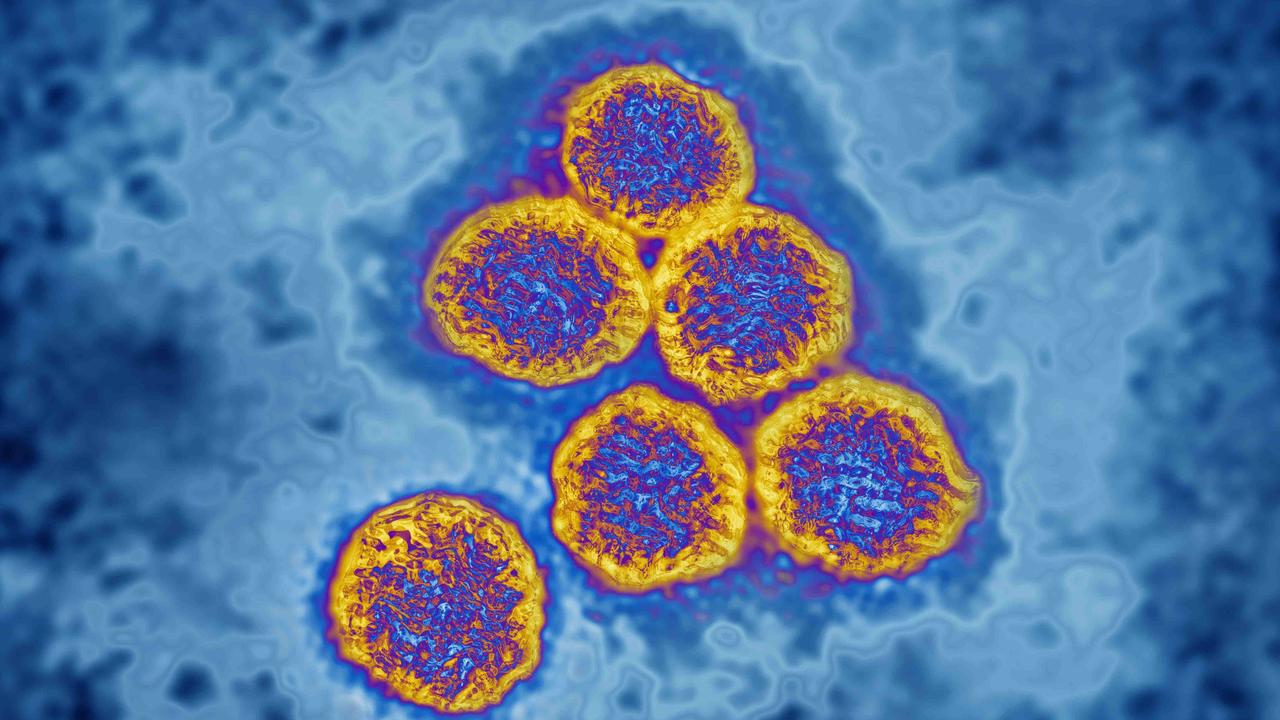Nationwide shortage of vaccine to protect dogs from potentially deadly leptospirosis
A nationwide shortage of the vaccine that protects dogs from the potentially deadly leptospirosis has sparked an urgent warning. See what it means for your pet.

National
Don't miss out on the headlines from National. Followed categories will be added to My News.
Overseas supply interruptions have been blamed for a nationwide shortage of a vaccine that protects dogs against the potentially deadly disease leptospirosis.
And dog owners have been urged to contact their local vet to find out whether they are in a leptospirosis “hotspot”, where cases have been confirmed.
Not all states and territories have mandatory reporting for the disease in dogs, which is transmitted primarily by rats, mice and other rodents.
With the high populations of rats in our cities and suburbs, leptospirosis can occur anywhere. The bacteria is shed in the urine of rats, and can be transmitted via contaminated water, food, soil or bedding, or from direct contact with infected rats.
Leptospirosis cases in dogs have spiked in the past few years, in areas where it has not been seen for decades. This prompted a warning to dog owners to have their pets vaccinated.
The vaccine, made by Boehringer Ingelheim Animal Health, can be administered to healthy dogs, six weeks of age or older. Previously unvaccinated dogs require two doses of the vaccine, two to four weeks apart, then annual revaccination thereafter.
There is currently a shortage of the vaccine, Protech C2i, in Australia, with more stock expected by mid-November.

Daniel Watkins, head of animal health at Boehringer Ingelheim Australia and New Zealand said the supply interruptions were associated with “specific circumstances at our overseas manufacturing site, including staff capacity issues and distribution challenges”.
“Our Veterinary Medical Services Team has been working closely with veterinarians to help them prioritise available doses for animals most at risk. We expect to receive more vaccines in the middle of November,” Mr Watkins said.
“Raising awareness about leptospirosis with veterinarians and veterinary nurses is very important to us. We continue to provide professional education and support ongoing research into leptospirosis with the University of Sydney.”
University of Sydney senior lecturer in small animal medicine, Dr Christine Griebsch, has a special interest in leptospirosis and is the central point for case notifications.

She told News Corp there had been 57 cases since 2019, including the most recent outbreak in the Shoalhaven local government area, on the NSW south coast, where 16 cases have been reported. The most recent isolated case was in Sydney’s eastern suburb of Potts Point.
Dr Griebsch said research was continuing to understand why the virus had remerged after more than 40 years.
“We saw the first surge of cases in 2019 after the severe drought and bushfires,” she said.
“Not we have had lots and lots of rainfall so there will be a lot of water around with the potential for contamination.”
She said risk mitigation methods were the most important measures to prevent infection, and there were steps dog owners could take to minimise the risk of exposure – especially for unvaccinated dogs.
“The bacteria that cause leptospirosis are passed in the urine of infected animals, particularly from rodents, so limiting contact with urine or areas contaminated with urine is important,” she said.
“This includes limiting contact with, swimming in and drinking out of stagnant water and avoiding contact with possible reservoir hosts such as rodents and farm animals, which can be achieved by fencing and rodent control.
“Similarly, contact with leptospirosis infected dogs should be avoided. In endemic areas – especially during leptospirosis outbreaks – close dog-to-dog contact like doggie daycare and boarding in kennels should be reconsidered.”

Initial symptoms of leptospirosis can be non-specific, including include lethargy, fever, vomiting, and diarrhoea. The disease can progress to severe liver and kidney disease and bleeding disorders that can be fatal.
Early diagnosis is a key to recovery. Dr Griebsch said no cases of leptospirosis had been reported in domestic cats.
“Cats seem very very resilient to leptospirosis,” she said.
She urged dog owners to check with their local vet to see whether they were living in a “hot spot” where cases had been reported.
Dr Michael Hayward, president of the Australian Veterinary Association ACT Division, said dog owners should be “alert but not alarmed” about leptospirosis.
Being aware of local outbreaks and taking no chances with symptoms were important in the absence of a vaccine, he said.
While there is no national data on fatality rates, he said about 71 per cent of the dogs that contracted the disease in NSW outbreaks in the past year had died.
“The concern is clearly the mortality rate,” he said.
“It’s not something to be taken lightly. Owners who take reasonable precautions in terms of where their animals go, and what they’re allowed to be exposed to are doing a sensible thing.
“Our advice is that dog owners should keep their dogs out of puddles and pools of water and slow flowing streams of water – these seem to be the high-risk environments.”




